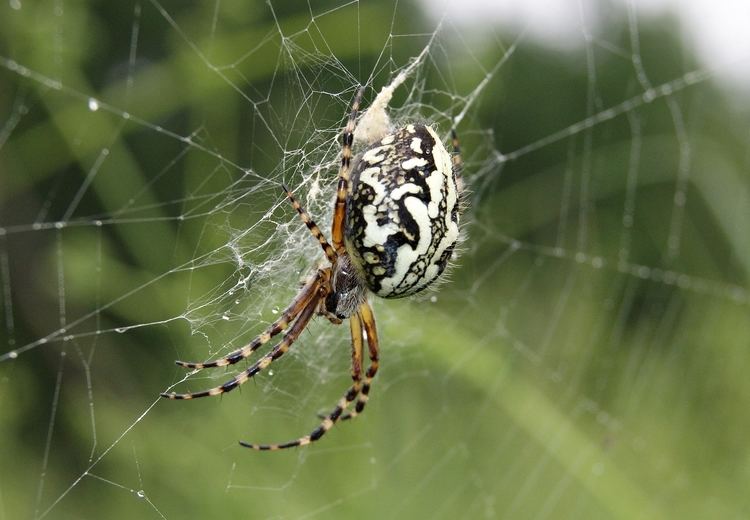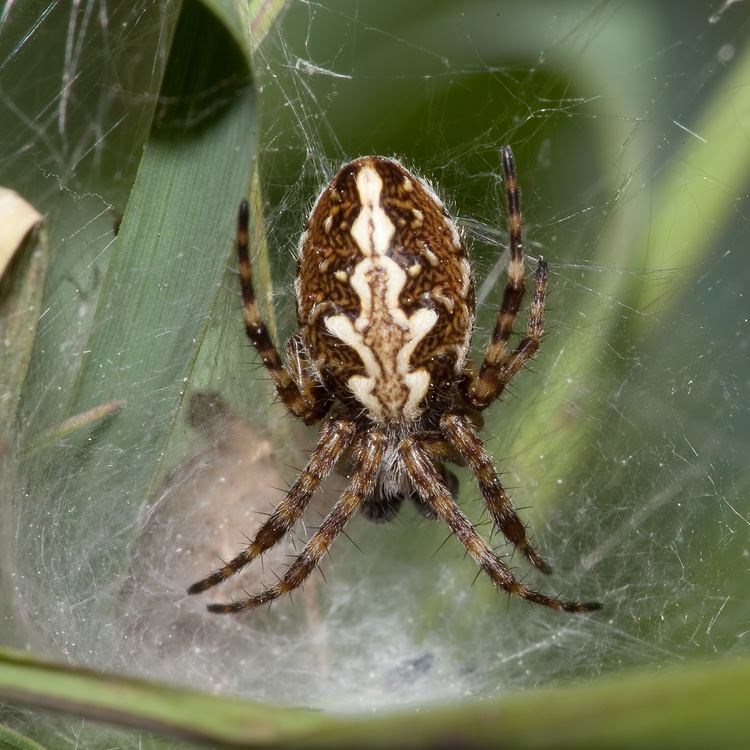Family Araneidae Rank Species | Genus Aculepeira Order Spider | |
 | ||
Similar Aculepeira, Agalenatea redii, Agalenatea, Araneus angulatus, Araneus quadratus | ||
Creepy oak spider aculepeira ceropegia
Aculepeira ceropegia, the oak spider, is an orb-weaving spider species belonging to the family Araneidae.
Contents
- Creepy oak spider aculepeira ceropegia
- Spider feast aculepeira ceropegia
- Distribution
- Habitat
- Description
- Biology
- Name
- References
Spider feast aculepeira ceropegia
Distribution
This species has a Palearctic distribution. It is present in most of Europe.
Habitat
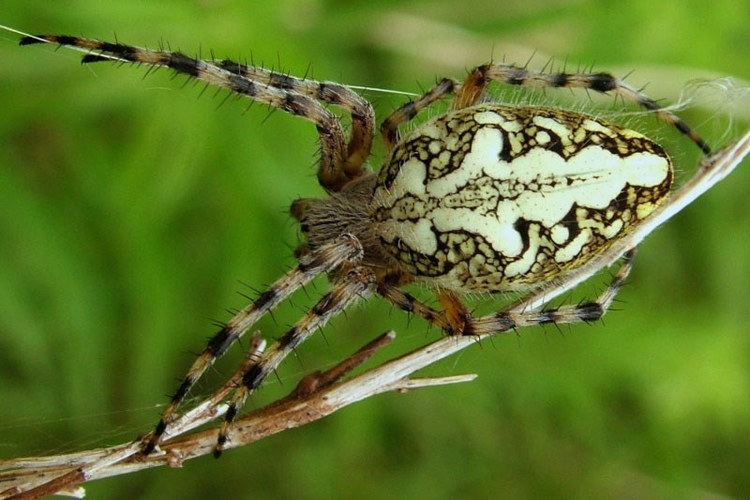
This quite common species live in low bushes, wet meadows, near streams, roadsides and gardens, especially in sunny and windy areas. It can be found in mountain areas at altitudes of up to 3600 meters.
Description
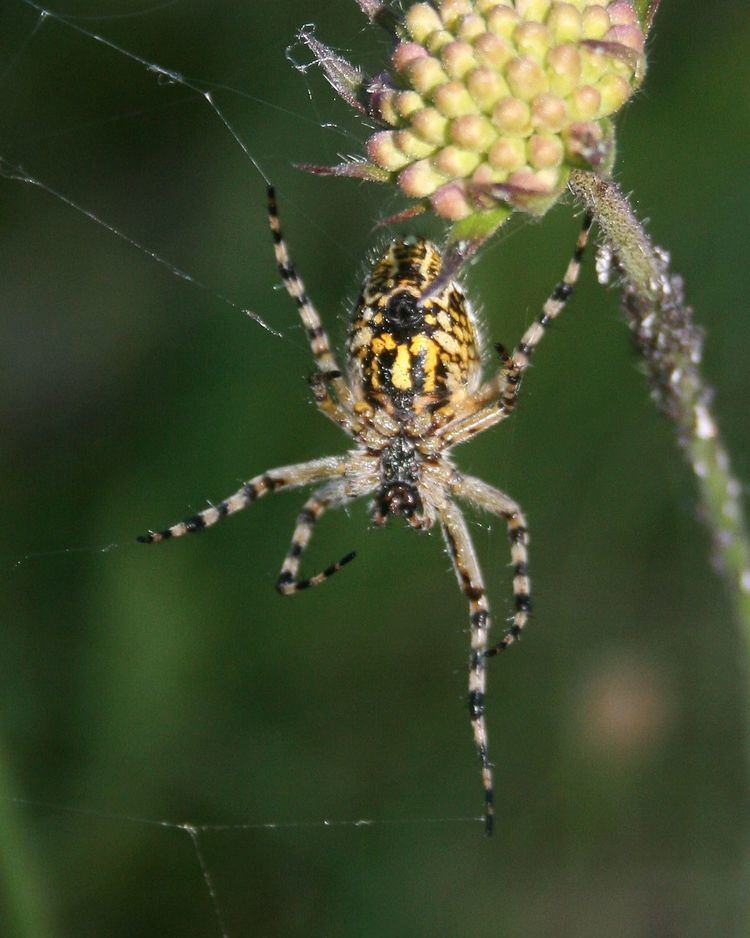
Aculepeira ceropegia presents a marked sexual dimorphism. These spiders can reach a length of 6–8 millimetres (0.24–0.31 in) in male, of 15–17 millimetres (0.59–0.67 in) in females. They are easy to identify due to their unique abdominal marking in the form of an oak leaf. The head is covered by a grayish-brown hairs, chelicerae are light brown and legs are dark ringed. The abdomen is elongated and oval-shaped.
Biology
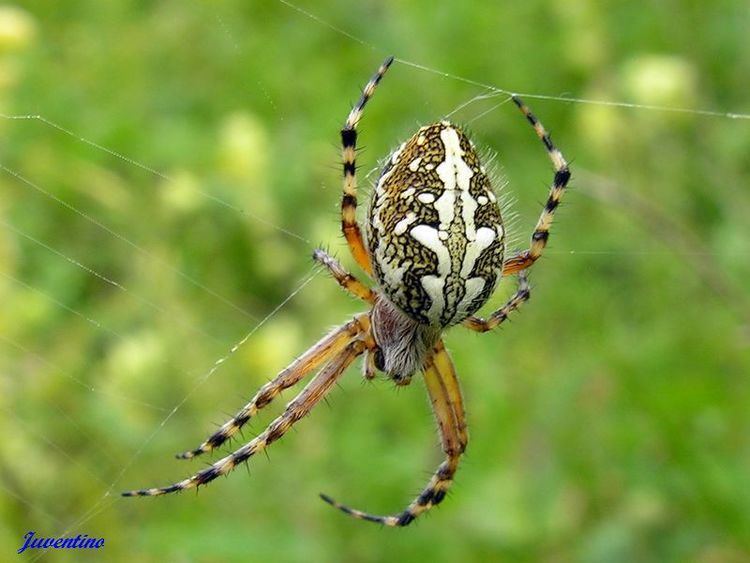
Adults are visible from May to September. Early in the summer the oak spiders are sexually mature. Before mating, the male produces a sperm supply, that is finally transferred during mating to the female epigynum. The mating occurs during the summer, while the egg laying is done in early autumn. Eggs are usually deposited on the bark of a tree.

These orb-weaving spiders usually build a spiral vertical web close to the ground between herbaceous plants or on bushes at about 0.5-1.5 meters above ground level. They remain motionless for a long time with head down, waiting for prey. They inject venom in their victims with chelicerae. This venom paralyzes the preys and causes the external digestion with the incorporated gastric juices.
Name
Ceropegia is also a genus of succulent plants with about 200 species.
